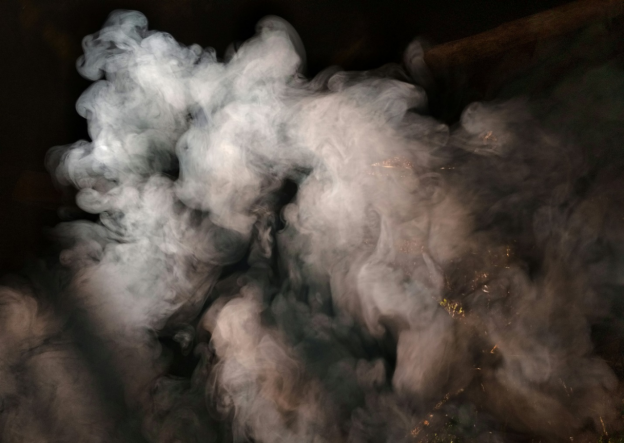
Experiencing a fire in your home can be a devastating event, leaving behind not just charred remains but also pervasive smoke damage that can linger long after the flames have been extinguished. In Tampa, where storms can lead to electrical fires or exacerbate existing vulnerabilities, the risk of such incidents can be particularly high. Dealing with the aftermath involves more than just rebuilding—it's about restoring your home to a safe, clean state. Smoke damage cleanup is a critical process that homeowners must undertake promptly to prevent lasting damage and health issues.
This guide will walk you through the ABCs of effectively addressing smoke damage, from identifying different types of residue to understanding when it’s time to call in professional restoration services.
Understanding Smoke Damage
Types of Smoke Damage
1. Wet Smoke Residues: Typically results from smoldering fires with low heat. Wet smoke produces a sticky, smeary substance that is pungent and particularly difficult to clean. It often requires specialized cleaning solutions and techniques.
2. Dry Smoke Residues: Produced by fast-burning fires at high temperatures, dry smoke leaves a fine powdery residue that can appear easier to clean but can infiltrate cracks and porous materials, making thorough removal challenging.
3. Protein Residues: Occurring from fires that burn organic material like food, these residues don’t leave substantial soot but do cause a strong, unpleasant odor and can discolor paints and varnishes.
4. Other Residues: Fires can also produce other types of residues, including fuel oil soot from furnace puffbacks and residues from synthetic materials, which can be toxic and require careful handling.
Impact of Smoke Damage
Smoke can penetrate various parts of the building structure, including walls, ceilings, and even the framework, leading to hidden damage that compromises the structural integrity and air quality of your home. Fabrics, upholstery, carpets, and drapes can absorb smoke, making them smell and even degrade over time due to the acidic nature of soot particles.
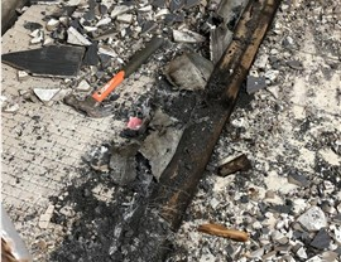
Immediate Steps After Smoke Damage
Ensure Safety First
· Before entering your home, ensure that it is safe to do so. Check for structural damage and consult with fire department officials to confirm that your home is stable.
· Wear protective gear such as gloves, masks, and goggles to avoid contact with potentially harmful soot and residues.
Ventilate the Area
· Open all windows and doors to allow fresh air to circulate and help reduce smoke odor. This is especially important in humid areas like Tampa, where odors can become more entrenched due to moisture.
· Use fans to help drive the air out more effectively, but ensure the electrical system is safe to use post-storm.
Document the Damage
· Take photos and videos of all affected areas and items. This documentation is crucial for insurance claims and can help in assessing the extent of the damage.
· Make a list of all damaged property before any cleanup or removal.
Contact Your Insurance Company
· Report the incident to your insurance provider as soon as possible. They can guide you on policy details and the claims process and may recommend professional restoration services.
· Keep records of all communications and save receipts for any immediate repairs or replacements you might need.
Secure the Property
· Cover broken windows and damaged roofs with tarps or plywood to prevent further damage from weather or unauthorized entry.
· Remove any valuables that are at risk of theft or further damage from the exposed environment.
Begin Preliminary Cleaning
· Remove soot from household textiles such as carpets and curtains to prevent them from setting in. However, avoid washing smoke-damaged garments in regular washers, as improper cleaning can set the odors.
· Wipe down non-porous surfaces such as metal, glass, and plastic to prevent etching or staining by acidic soot particles.
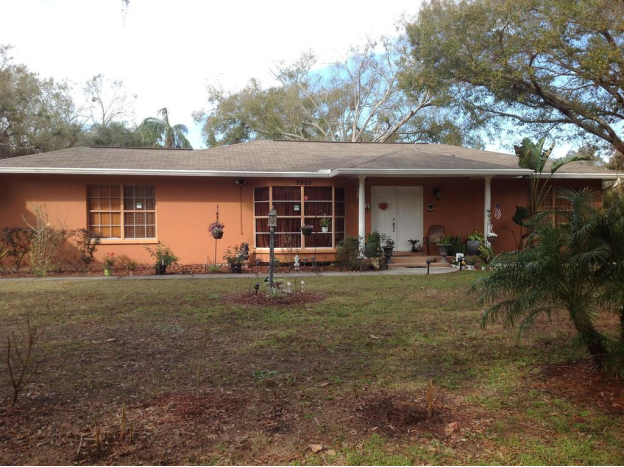
Professional Smoke Damage Cleanup Services
Comprehensive Damage Assessment
Professional services begin with a thorough assessment of the damage, using specialized tools to detect smoke and soot, even in hidden areas like behind walls or in HVAC systems. This step ensures that all affected areas are identified and properly treated.
Advanced Cleaning Techniques
Professionals use industrial-grade equipment and cleaning agents that are more effective at removing smoke residue and odors than typical household products. Techniques such as thermal fogging and hydroxyl generators are employed to neutralize odors deep within walls and furnishings.
Handling Toxic Materials
Smoke from synthetic materials or electrical fires may contain toxic chemicals. Professionals are trained to safely handle and dispose of hazardous materials, ensuring that your home environment remains safe and healthy.
Restoration of Damaged Property
Professional services don’t just clean; they also restore. This can include minor repairs like painting and carpet installation or major renovations if structural damage is found. Their goal is to return your home to its pre-damage condition or better.
Help with Insurance Claims
Restoration companies often work directly with insurance companies, easing the claims process for homeowners. They can provide detailed reports and documentation that support your claim, ensuring you receive adequate compensation for the damage.
Guaranteed Results
Most professional restoration services offer guarantees on their work, providing peace of mind that the cleanup process will be effective and thorough. This is particularly crucial for homes in Tampa, where the humid climate can exacerbate the persistence of smoke odors.

Choosing a Reliable Service Provider
When selecting a smoke damage restoration service in Tampa, consider the following:
· Certification and Training: Look for companies certified by organizations like the Institute of Inspection Cleaning and Restoration Certification (IICRC).
· Experience with Similar Damages: Choose a company with a track record of successfully handling smoke damage, particularly in areas prone to storms and floods.
· Positive Reviews and References: Check online reviews and ask for references to gauge the satisfaction of past clients.
If your home has suffered from smoke or storm damage, don't wait to begin the recovery process. Flood Pros USA offers comprehensive storm damage repair, professional flood damage restoration, and emergency water damage cleanup in Tampa. Our team is ready to provide fast emergency flood recovery and 24/7 flood cleanup assistance.
Contact us today to restore your property swiftly and efficiently.
Subscribe to Flood Pros USA's Blog



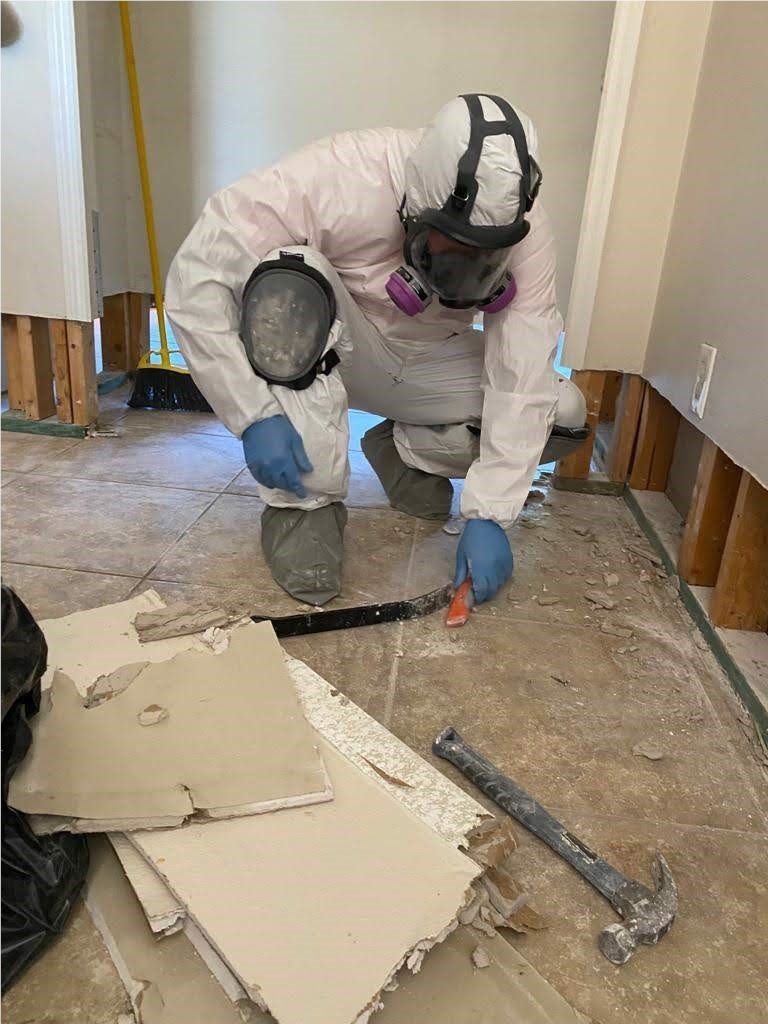
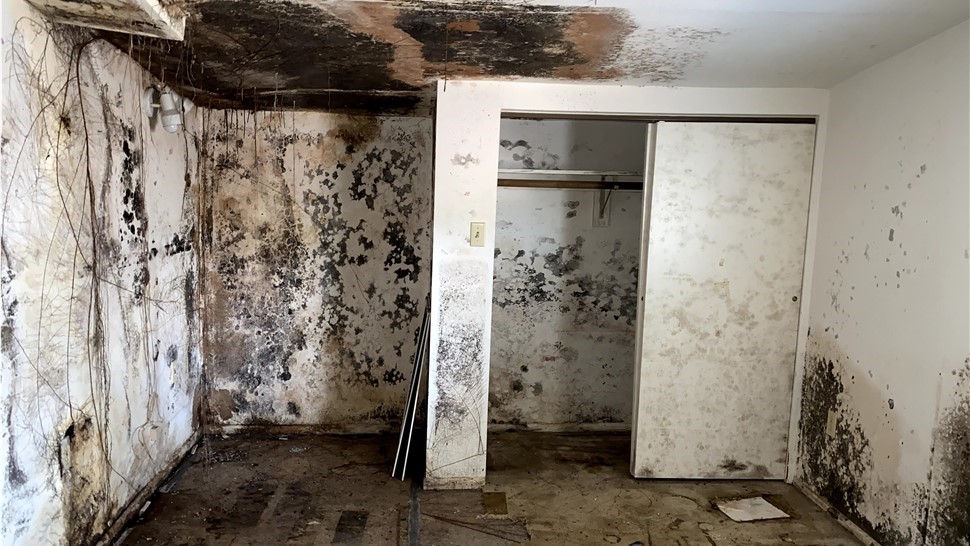
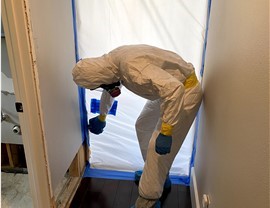

Comments